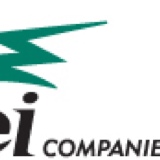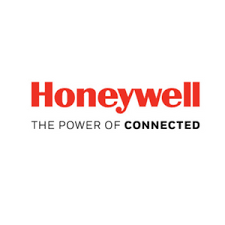Title Page
-
Site conducted
-
Conducted on
-
Prepared by
Untitled Page
1.0 Training Program (Safety / Training Department)
-
Are affected employees provided awareness level training about BBP annually? 1910.1030(g)(2)(iv)
-
Are authorized employees provided BBP pathogen training at least annually? 1910.1030(g)(2)(ii)(B)
-
Training program consists of all content located in 1910.1030(g)(2)(vii).
2.0 Blood Borne Pathogen Exposure Control Plan (Safety/Medical)
-
Does the site have an exposure control plan? 1910.1030(c)(1)
-
Is there evidence that the exposure control plan is reviewed and updated at least annually or during a new task or modified procedures? 1910.1030(c)(1)(iv)
-
Does the site have an exposure determination? 1910.1030(c)(2)(i) (Must contain the following information: Job classifications for employees with occupational exposure, list of job classification in which some employees have exposure and a list of tasks and procedures or similar groups in which those employees could be exposed.
-
Does the program identify that all fluids can be potentially infectious? 1910.1030(d)(1)
-
Does the program identify the method for removing sharps devices from use? 1910.1030(d)(2)(vii) 1910.1030(d)(2)(vii)(B) 1910.1030(d)(2)(viii)
-
Do BBP protocols identify proper handling, shipping and transport of blood or other potentially infectious materials? 1910.1030(d)(2)(xiii)
-
Does the program describe the proper PPE to be worn when handling BBP? 1910.1030(d)(3)
-
Does the program contain a written schedule for cleaning and methods of decontamination based upon the location within the facility? 1910.1030(d)(4)(i)
-
Is there a procedure for cleaning and decontaminating equipment and working surfaces which may come into contact with blood of other potentially infectious materials? 1910.1030(d)(4)(ii)
-
Does the site have protocols for how to handle regulated waste? 1910.1030(d)(4)(iii)(A)
-
Does the site maintain a sharps injury log? 1910.1030(h)(5)
3.0 Blood Borne Pathogen Practices (Visual Inspection)
-
Has the site provided hand washing facilities which are readily accessible to employees? 1910.1030(d)(2)(iii)
-
Are needles and other contaminated sharps recapped, not bent or removed, located in a red boi-hazard storage locations? 1910.1030(d)(2)(vii)
-
Are proper sharps containers used? 1910.1030(d)(2)(viii) (Puncture resistant, labeled bio-hazard, leakproof on the sides and bottom, and orange or red-orange.
-
Is there a way to launder, dispose and clean garments on the plant site? 1910.1030(d)(3)(iv)
-
Are employees wearing gloves, faceshields or other PPE when there is reason to believe they may be exposed to BBP? 1910.1030(d)(3)(ix)
-
Is the medical site maintained in a clean and sanitary condition? 1910.1030(d)(4)(i)
4.0 Employee Knowledge (Employee Questions)
-
Do exposed employees know when to wash their hands after handling potential blood borne pathogens? 1910.1030(d)(2)(v)
-
Do employees know what a BBP is?
-
Do employees know that any potential bodily fluid may potentially be infectious? 1910.1030(d)(1)
-
Do employees know where to obtain PPE?
-
Do employees know proper procedures for disposal of contaminated sharps?
-
Do employees know proper procedures for disposal of contaminated PPE?
-
Do employees know the types of PPE which need to be worn for various applications? Ask them to explain when to where certain types of PPE.
5.0 Documentation and Retention (Safety/Medical)
-
Site maintains documentation which includes: Name, copy of Hep-B, qualification records, copy of examinations and medical testing's, copy of healthcare professionals written opinion as required in f5, and a copy of the information provided to the healthcare professional. 1910.1030(h)(1)(ii)
-
Site maintains training records for the length of employment as identified by the Century document retention policy?
-
Employee training records are readily accessible?
-
Are sharps injury logs maintained for a period of 5 years? 1904









